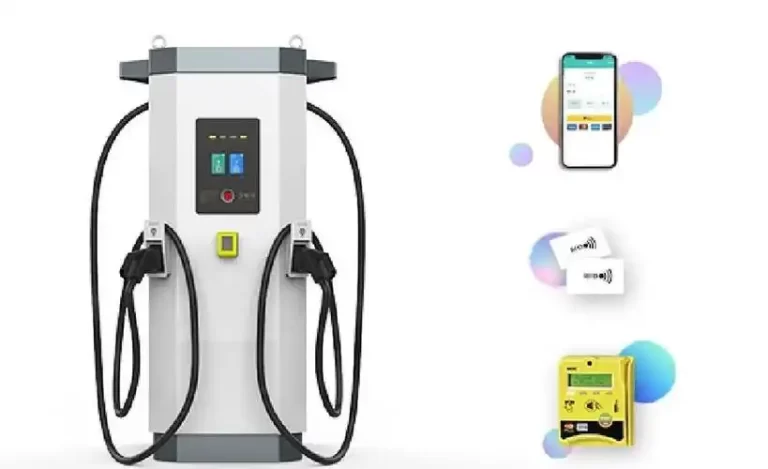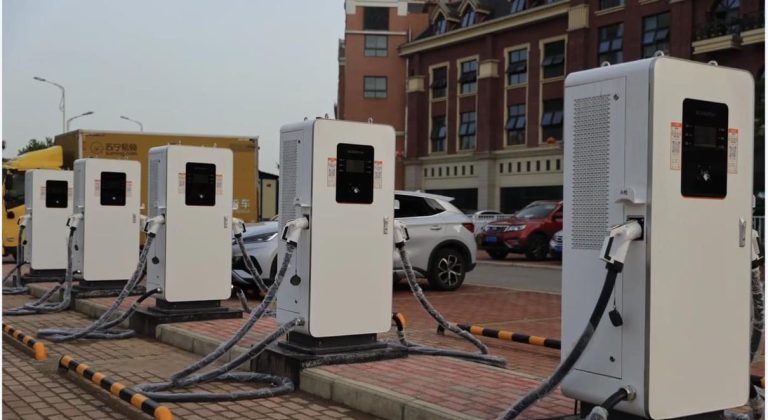Do all evs use the same charger?

Do All EVs Use the Same Charger?
No, not every electric car uses the same charger. There are many different plug types and charging standards in the EV charging industry, which can be confusing for new and potential owners. Regional variations, the quick development of technology, and rival proprietary systems created by early industry leaders are the main causes of the lack of a single universal standard. Despite this diversity, regulations and the rise of prevailing standards are streamlining the situation, and adapters frequently offer cross-compatibility solutions.
The region in which the vehicle is sold has the biggest impact on plug compatibility. Around the world, various regions have created and embraced their own preferred standards. The SAE J1772 connector, commonly referred to as the “J-plug,” is the standard plug for AC Level 1 and Level 2 charging in North America. Every non-Tesla EV and every public Level 2 charging station has this round connector with five pins. The Combined Charging System (CCS), which expands on the J1772 plug by including two sizable DC pins at the bottom, is the industry standard for DC fast charging. Although its use is waning in favor of CCS, CHAdeMO, a big round connector mainly utilized by Nissan and Mitsubishi, is the primary alternative fast charging standard. The norm is different in Europe. A Type 2 connector (Mennekes), which is more durable and has more pins than the North American J1772, is used for AC charging. The CCS Combo 2 standard, which is used for DC fast charging in Europe, adds two DC pins to the Type 2 AC plug, just like its North American equivalent. With separate plugs for AC and DC charging, China, the largest EV market in the world, has its own national standard known as GB/T.
In the early days of EVs, Tesla created its own proprietary charging network and connector, making it a significant exception to these regional standards. The Tesla connector is sleek and compact, capable of handling both AC and DC fast charging from a single port. Because of this, there was a “walled garden” where Tesla owners had easy access to the best fast-charging network (Superchargers) for years, but non-Tesla drivers were unable to use them. On the other hand, Tesla cars could only use public J1772 and CCS stations if they had the physical adapters that Tesla supplied. Now, this is drastically changing. Tesla has started to open its network of Superchargers to non-Tesla EVs and renamed its connector the North American Charging Standard (NACS) in a significant move towards standardization. Furthermore, nearly every major automaker selling cars in North America—including Ford, General Motors, Rivian, Volvo, and others—has announced plans to abandon the CCS port and adopt the NACS port in their new vehicles starting in 2025. This means that while the landscape is fragmented today, the North American market is rapidly consolidating around the Tesla NACS connector as the de facto universal standard.
Whether a car can use a specific charger depends on a number of factors besides the actual plug. Communication protocol is the most crucial. The physical plug serves only as the gateway; in order to start and control the charging session, the car and charger must also “speak the same language” via a digital handshake. If the communication protocol is incompatible, charging won’t start even if the plug fits. For instance, without complex and uncommon adapter hardware, a CHAdeMO charger cannot charge a CCS car and vice versa. Power rating is an additional factor. While not a strict compatibility issue, an EV can only charge as fast as its onboard systems allow. Plugging a car capable of 350 kW fast charging into a 50 kW charger will work, but the charging speed will be limited to the lower rate of the station. The charger, the car’s onboard charger (for AC), and its battery management system must all be aligned for optimal charging.
For EV owners, navigating this ecosystem requires some knowledge but is far from impossible. The key is understanding the ports on your own vehicle and the networks you plan to use. Adapters are a powerful tool that bridge many of these gaps. Tesla provides a J1772 adapter with every car it sells in North America, allowing its owners to charge at virtually any public Level 2 station. Third-party companies also offer adapters for more complex scenarios, such as connecting a CCS-equipped car to a Tesla Destination Charger (a Level 2 unit). The opening of the Tesla Supercharger network to non-Tesla vehicles is perhaps the biggest step towards universal access. While non-Tesla cars need an adapter to use the NACS plug, the ability to access this vast and reliable network eliminates a major hurdle. Furthermore, many new public charging stations are being built with multiple cable types (e.g., one station with both a CCS and a NACS plug), making them accessible to a wider range of vehicles.
In conclusion, the market is actively working toward greater interoperability and consolidation even though there isn’t yet a single, worldwide charging standard. There are established regional standards, and the Tesla NACS connector is rapidly becoming the standard plug in the North American market. Drivers of any electric vehicle are finding it easier to locate and utilize charging infrastructure thanks to the use of adapters and the deliberate opening of proprietary networks. As a result, the issue is not whether all EVs use the same charger, but rather how the industry is effectively bridging disparate systems to guarantee that the adoption of electric vehicles is not impeded by a lack of plug compatibility.




































































































































